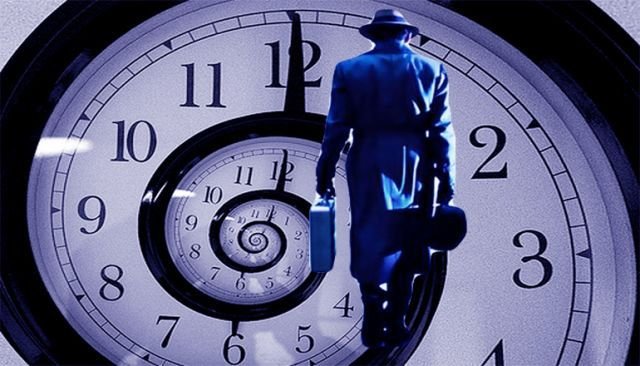In Ray Bradbury's science-fiction story "A Sound of Thunder", a character time-travels far into the past and inadvertently crushes a butterfly underfoot.
在雷·布萊伯利的科幻小說《一聲驚雷》中,主角穿越到了遙遠的過去,并在無意間踩死了一只蝴蝶。
The consequences of that minuscule change ripple through reality such that, upon the time-traveller's return, the present has been dramatically changed.
這一微小改變的結果波及現實,當這位時間旅行者返回現實,世界已經發生了巨大的變化。
The "butterfly effect" describes the high sensitivity of many systems to tiny changes in their starting conditions.
“蝴蝶效應”描繪的是諸多系統對初始條件中微小變化的高敏感度。
But while it is a feature of classical physics, it has been unclear whether it also applies to quantum mechanics,
但雖然這是經典物理學的一個特征,但它是否也適用于量子力學尚不清楚,
which governs the interactions of tiny objects like atoms and fundamental particles.
而量子力學控制著微小物體的相互作用,比如原子和基本粒子。
Bin Yan and Nikolai Sinitsyn, a pair of physicists at Los Alamos National Laboratory, decided to find out.
洛斯阿拉莫斯國家實驗室的兩名物理學家Bin Yan和Nikolai Sinitsyn決定找出答案。
As they report in Physical Review Letters, quantum-mechanical systems seem to be more resilient than classical ones.
正如他們在《Physical Review Letters》中報告的那樣,量子力學系統似乎比經典物理系統更具復原性。
Strangely, they seem to have the capacity to repair damage done in the past as time unfolds.
奇怪的是,隨著時間推移,它們似乎具備修復過去損傷的能力。

To perform their experiment, Drs Yan and Sinitsyn ran simulations on a small quantum computer made by IBM.
為了完成他們的實驗,Yan和Sinitsyn博士在IBM制造的一臺小型量子計算機中進行了模擬。
They constructed a simple quantum system consisting of "qubits"—
他們創建了一個由“量子位”組成的簡單量子系統——
the quantum analogue of the familiar one-or-zero bits used by classical computers.
“量子位”是類似經典計算機中常用的一或零位的量子模擬。
Like an ordinary bit, a qubit can be either one or zero. But it can also exist in "superposition", a chimerical mix of both states at once.
和普通位一樣,量子位要么是一,要么是零。但它也可以以“疊加”形式存在,即兩種狀態同時存在的一種空想混合。
Having established the system, the authors prepared a particular qubit by setting its state to zero.
建立了系統后,作者通過將其狀態設為零來擬定一個特定的量子位。
That qubit was then allowed to interact with the others in a process called "quantum scrambling" which,
該量子位被允許和“量子置亂”中的其他量子位相互作用,
in this case, mimics the effect of evolving a quantum system backwards in time.
以此模擬時間倒退中量子系統進化的影響。
Once this virtual foray into the past was completed, the authors disturbed the chosen qubit,
一旦這種對過去的虛擬突襲完成,作者們就會擾亂所選擇的量子位,
destroying its local information and its correlations with the other qubits.
摧毀了其局部信息,以及它和其他量子位的關聯。
Finally, the authors performed a reversed scrambling process on the now-damaged system.
最后,作者們在現已損壞的系統中進行了反向置亂處理。
This was analogous to running the quantum system all the way forwards in time to where it all began.
這類似于讓量子系統在時間中正向前行,來到它開始的地方。
They then checked to see how similar the final state of the chosen qubit was to the zero-state it had been assigned at the beginning of the experiment.
然后他們查看了被選量子位的最終狀態和他們在實驗之初設定的零狀態有多么相似。
譯文由可可原創,僅供學習交流使用,未經許可請勿轉載。












